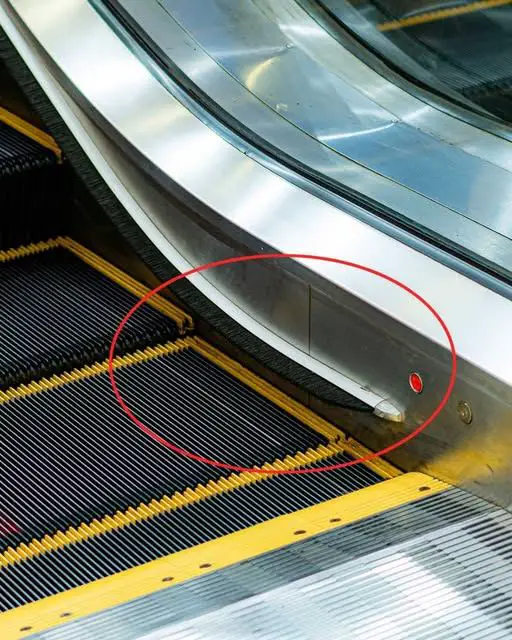Escalators are a common sight in shopping malls, airports, and various public spaces, efficiently transporting people between different levels. While their primary function is evident, certain components, like the brushes lining the sides, often go unnoticed or are misunderstood. These brushes, far from being decorative or superfluous, play a crucial role in passenger safety.
Understanding Escalator Brushes
The brushes you observe along the sides of escalators are technically known as skirt deflector brushes. They are strategically installed where the moving steps meet the stationary side panels, referred to as the “skirt.” Their primary purpose is to enhance safety by preventing accidents associated with this junction.
The Purpose of Skirt Deflector Brushes
The gap between the moving steps and the stationary skirt poses a potential hazard. Items such as loose clothing, shoelaces, or even body parts can become entrapped in this space, leading to serious injuries. The skirt deflector brushes serve multiple safety functions:
- Preventing Entrapment: The brushes act as a physical barrier, deterring objects from entering the gap between the steps and the skirt. D2E
- Providing Sensory Feedback: When passengers stand too close to the edge, the bristles brush against their shoes or clothing, providing a tactile reminder to maintain a safer position. Reader’s Digest
- Discouraging Unsafe Behavior: The presence of the brushes discourages passengers from intentionally placing items near the skirt, reducing the likelihood of deliberate misuse.
Design and Functionality
Skirt deflector brushes are designed with durable, flexible bristles made from synthetic materials capable of withstanding constant use and environmental factors. They are mounted along the entire length of the escalator’s skirt panel, ensuring continuous protection. The design ensures that while the brushes are effective in their safety role, they do not impede the movement of passengers or the escalator itself.
Common Misconceptions
A prevalent misunderstanding is that these brushes are intended for cleaning purposes, such as removing dirt from passengers’ shoes. This misconception can lead to unsafe behavior, with individuals deliberately rubbing their footwear against the brushes. Such actions defeat the safety purpose of the brushes and increase the risk of entrapment. It’s essential to recognize that the brushes are safety features, not cleaning tools.
Historical Context and Safety Standards
The integration of skirt deflector brushes into escalator design became more prominent following safety studies that highlighted the risks associated with the step-skirt gap. In response, safety standards were updated to mandate the inclusion of these brushes in new escalator installations and recommend their addition to existing ones. For instance, the British and European standard BS EN115-1:1995 addressed the construction and installation of escalators, with amendments emphasizing the importance of skirt deflectors.
The Importance of Public Awareness
While engineers and safety professionals understand the critical role of skirt deflector brushes, public awareness remains limited. Educating passengers about the purpose of these brushes can enhance safety by encouraging proper behavior on escalators. Signage and public information campaigns can play a role in informing users to avoid standing too close to the edges and to refrain from using the brushes for unintended purposes.
Conclusion
The seemingly inconspicuous brushes lining the sides of escalators are vital safety components designed to prevent accidents and injuries. By understanding their purpose and function, passengers can use escalators more safely and appreciate the thoughtful engineering that contributes to public safety in everyday environments.
For a visual explanation of this topic, you might find the following video helpful:

